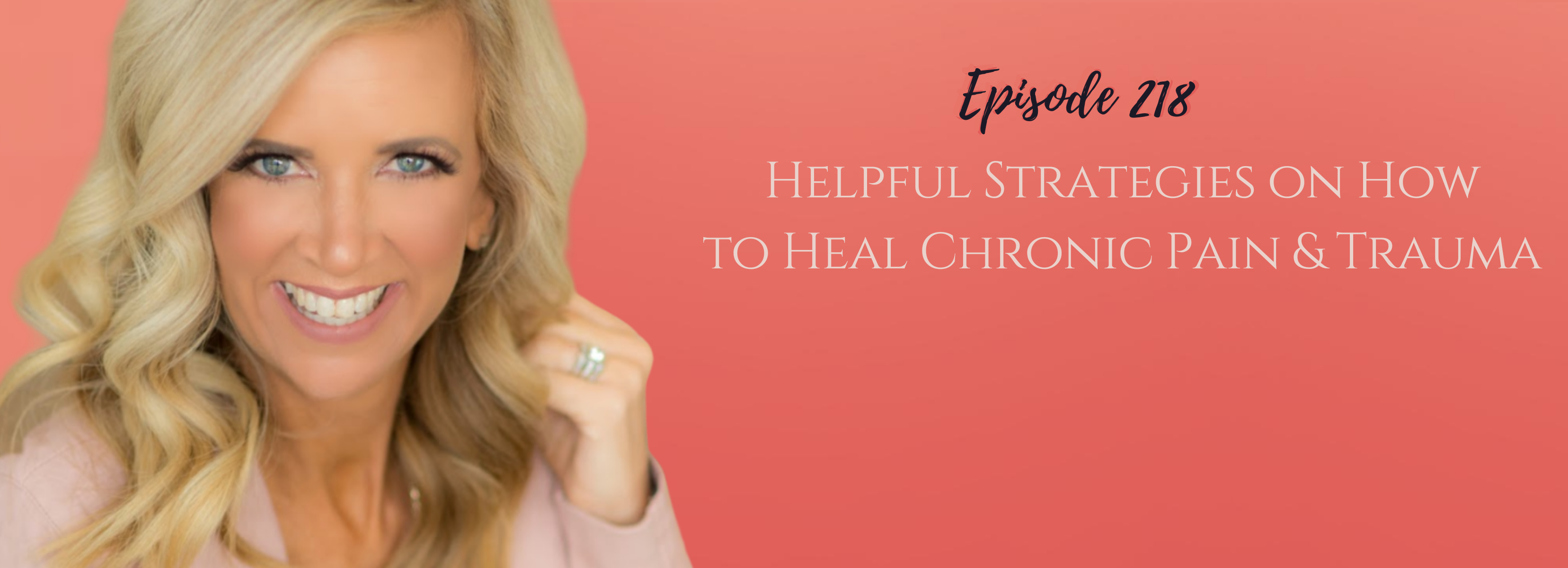
Helpful Strategies on How to Heal Chronic Pain & Trauma with Dr. Christy Gibson, MD| 6.21.2023
In this episode, Kristen talks with Dr. Christy Gibson, author of "The Modern Trauma Toolkit," about healing chronic pain and trauma with a focus on shifting healthcare paradigms. Dr. Gibson shares insights on trauma's impact on the mind-body system and the importance of self-compassion and mental flexibility in managing chronic pain.
You'll Learn
- The connection between trauma and chronic pain, and how trauma can amplify pain signals in the brain.
- The importance of understanding trauma's impact on the body and how trauma therapy modalities can help.
- Strategies for healing chronic pain and trauma
- Dr. Christy Gibson's journey and inspiration behind writing "The Modern Trauma Toolkit" to address trauma in communities.
Resources
For counseling services near Indianapolis, IN, visit www.pathwaystohealingcounseling.com.
Subscribe and Get a free 5-day journal at www.kristendboice.com/freeresources to begin closing the chapter on what doesn’t serve you and open the door to the real you.
This information is being provided to you for educational and informational purposes only. It is being provided to you to educate you about ideas on stress management and as a self-help tool for your own use. It is not psychotherapy/counseling in any form.